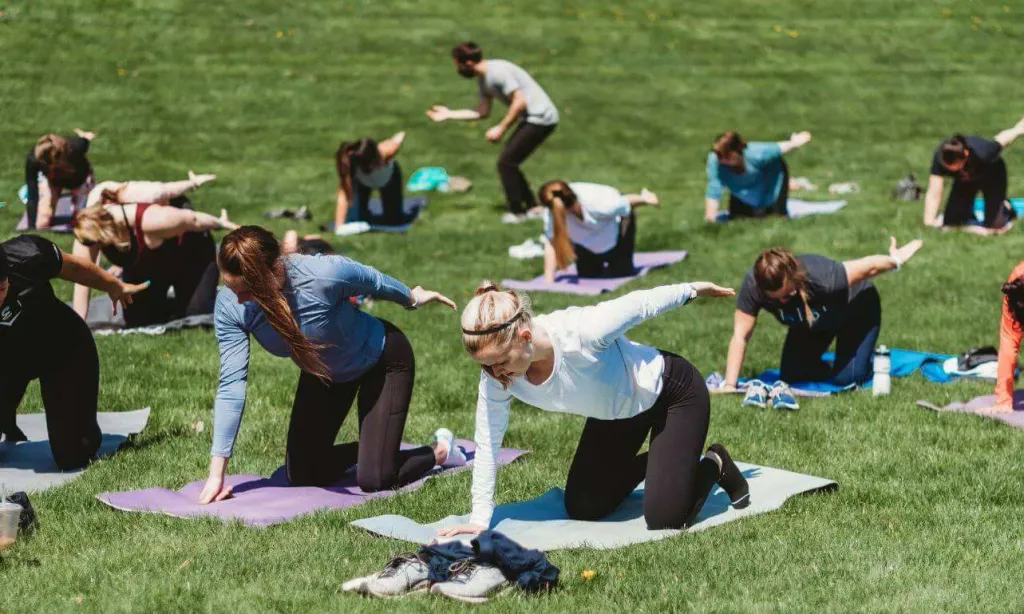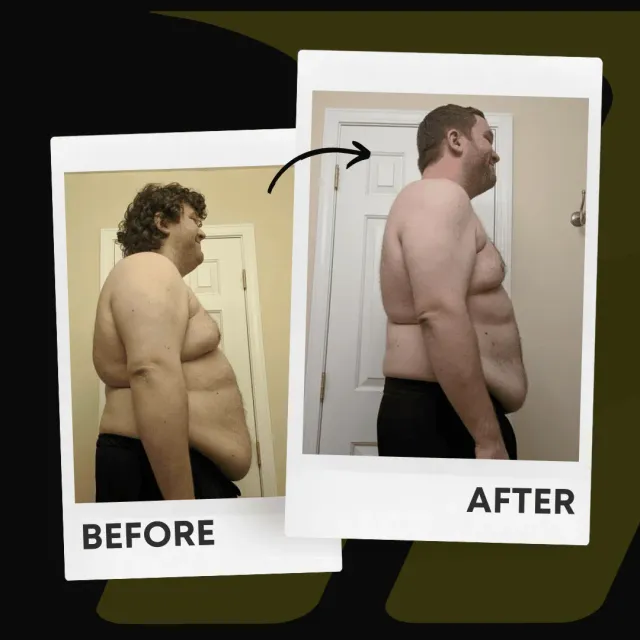Video: How To Stretch Your Wrist Flexors
August 2, 2023 | Stretching

Wrist flexibility and mobility play crucial roles in our daily activities. Whether typing, lifting weights, or simply shaking hands, the range of motion in our wrists affects our ability to perform these tasks efficiently. One way to improve wrist flexibility is to stretch wrist flexors, the muscle group that enables wrist flexion.
Understanding Wrist Flexion
Wrist flexion refers to bending the hand down at the wrist, bringing the palm closer to the inner forearm. This motion is facilitated by the wrist flexor muscles, tendons, and bones that constitute the wrist structure.
Extension is the motion of moving your hand upward, making the palm face the ceiling, which is the opposite of flexion. Both these movements contribute to the normal range of wrist movement. Impairments in wrist flexion or extension can hinder daily activities requiring wrist and hand use.
Role of Wrist Flexion in Daily Life
The ability to flex our wrists is essential in performing various daily tasks. It aids in gripping objects, writing, typing, and even performing specific exercises (e.g., playing pickleball or tennis.) However, overuse or incorrect use of these muscles can lead to discomfort or pain in the wrist. Thus, it’s essential to maintain healthy wrist flexion by stretching wrist flexors and keeping a balanced range of motion.
Causes of Wrist Flexion Pain
Overuse injuries resulting from repetitive motion are the most common cause of wrist flexion pain. Other causes include carpal tunnel syndrome, ganglion cysts, and arthritis. A sudden impact, like a fall on your wrist, can also cause wrist flexion pain.
Diagnosing Wrist Flexion Issues
The diagnosis of wrist flexion issues begins with a comprehensive medical history and a detailed discussion about your symptoms. Your doctor may evaluate your wrist’s mobility through a series of movements. Further, an X-ray or MRI might be suggested to make a precise diagnosis if there has been a recent injury or if the cause of the pain remains uncertain.
In our world, we can also examine your wrists through our Functional Range Assessment. So, if you want to try an alternative route that doesn’t involve drugs, ice, or injections, I highly suggest checking out our assessment.
How To Stretch Your Wrist Flexors
The video below shows you how to set up and stretch your wrists. You can always make adjustments (as we suggest) if things don’t feel right. Watch the video below, and subscribe to our YouTube channel for more content.
Once you learn to stretch the wrist, you can load them. We like using isometrics like passive range holds to teach people good wrist flexion.
Conclusion
Maintaining healthy wrist flexibility is crucial for our daily activities. Stretching wrist flexors regularly can help improve the range of motion and prevent overuse injuries. If you experience persistent or severe wrist flexion pain, seeking medical advice is recommended.
Written by:
 Brian Murray, FRA, FRSC
Brian Murray, FRA, FRSC
Founder of Motive Training
Are you looking for a sound, effective fitness program? Reach out to us today.
We’ll teach you both how to move with purpose so you can lead a healthy, strong, and pain-free life, and we’re available online or in Grand Rapids, MI, and Austin, TX. You can find us in the Heartside district of Grand Rapids, MI, and the St. Elmo district in South Austin, TX.
